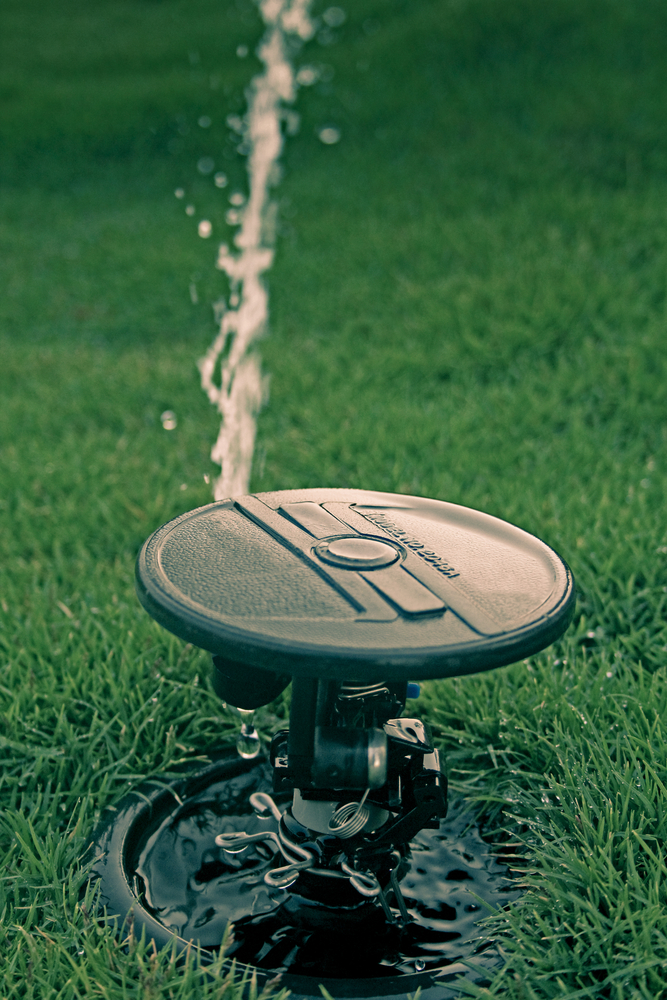Archive for Landscape Irrigation
Landscape Irrigation: Best Practices and Tips
Mother Nature provides water for plants to help them grow. However, rainfall may not always be enough to maintain a healthy landscape and eye-catching beauty. That’s where irrigation comes in.
When done properly (preferably by a landscape expert), irrigation helps plants thrive when natural sources can’t satisfy your landscape’s water needs. To give you insights into the best watering techniques, we walk you through the following:
- Proper irrigation practices
- Water-saving irrigation techniques
- The ideal time to water your yards for the best results
If you don’t have the time to deal with irrigation equipment or implement best practices, a landscape maintenance company can do the heavy lifting. That said, understand what irrigation is and why it is essential in maintaining landscape beauty.

What Is Irrigation? (And Why It’s Important)
Relying on rainfall alone as your plants’ water source may not be enough during hot seasons or in areas with sparse or seasonal precipitation. In that case, watering your yards or gardens using pipes, sprinklers, or other artificial methods helps improve plant growth and quality.
Irrigation keeps your outdoor space looking pristine and green. When done properly (like with an expert), it can prevent patches in your landscape commonly caused by insufficient water. That said, you only enjoy the benefits of irrigation if you implement the right practices.
Top 3 Landscape Irrigation Tips
Here are some of the best practices when implementing landscape irrigation:
1. Leverage Mulching When Watering Specific Landscape Areas
Mulching means covering the soil surface around plants with an organic or synthetic substance to help conserve moisture by reducing evaporation after irrigation. You can buy mulch on Amazon and use it to preserve moisture when watering landscape trees, annuals, perennials, or woody plants.
When mulching is a water-saving technique, it’s important to do it right. Your mulch should not touch the stem of the plants or the trunks of landscaping trees, an improper practice called volcano mulching. Ensure the mulch is only covering the roots. That way, you prevent wet conditions on plant stems that can cause diseases.
2. Consider Drip Irrigation to Save Water
Drip irrigation is a watering method that uses a system attached to a water source and its components arranged throughout your landscape. Because it supplies water directly to plant roots, drip irrigation prevents water loss from run-off, evaporation, and overwatering. For this reason, a well-installed drip system can use up to 50% less water than conventional sprinklers.
3. Take Advantage of Regular Landscape Maintenance
Routine system checkups ensure your irrigation equipment is working correctly. Regular assessment helps identify and fix water-wasting problems before they impact your water bill.
Consider hiring a landscape maintenance company to inspect your systems at least yearly, especially at the beginning of the irrigation season. The company will check whether your irrigation system works efficiently and adjust features accordingly. The professional can also repair leaks and other system problems to save water.
However, not all landscaping companies are the same. Compare your options and choose one that is experienced and has an excellent track record. How long they’ve been in the industry, and online reviews should tell you who to hire.
Bonus Tip
Another way to save irrigation water is to use native plants. These plants are well adapted to the local climate and soil conditions. Therefore, they can thrive in their original environment.
For this reason, they require much less watering than foreign species because they can easily survive with the water supplied naturally by Mother Nature in their native environment. For instance, many native Midwestern plants in the US have deep root systems, which increase the soil’s capacity to store water.
What’s the Ideal Time of Day to Water Your Garden or Yard?
Irrigate in the morning, especially if you use overhead irrigation methods like sprinklers. Because leaf wetness increases the risk of plant diseases, irrigating in the morning gives plants enough time to dry during the day. Additionally, morning is the best time to irrigate because it allows water to sip into the soil—irrigating in mid-day heat when the high evaporation rate results in a lot of moisture escaping into the atmosphere.
Reliable Landscape Irrigation Services
Although it is possible to design a landscape that depends solely on rainfall, irrigation is sometimes necessary to maintain landscape health and aesthetic beauty. It supplies water to plants when needed most to ensure they thrive, even during seasons with much heat and little-to-no rain.
That said, proper landscape irrigation requires skills and enough time investment to get it right. If you don’t have time to implement irrigation best practices or just want to avoid guesswork, it’s best to hire a landscaping professional.
The professionals ensure your irrigation system is installed and functioning correctly. It can also be a way to identify water-saving opportunities in landscape irrigation. We specialize in water-saving landscape design (xeriscape), maintenance, repair, and irrigation. Contact us today to schedule an appointment.





